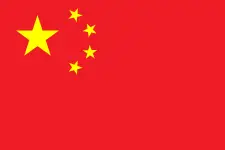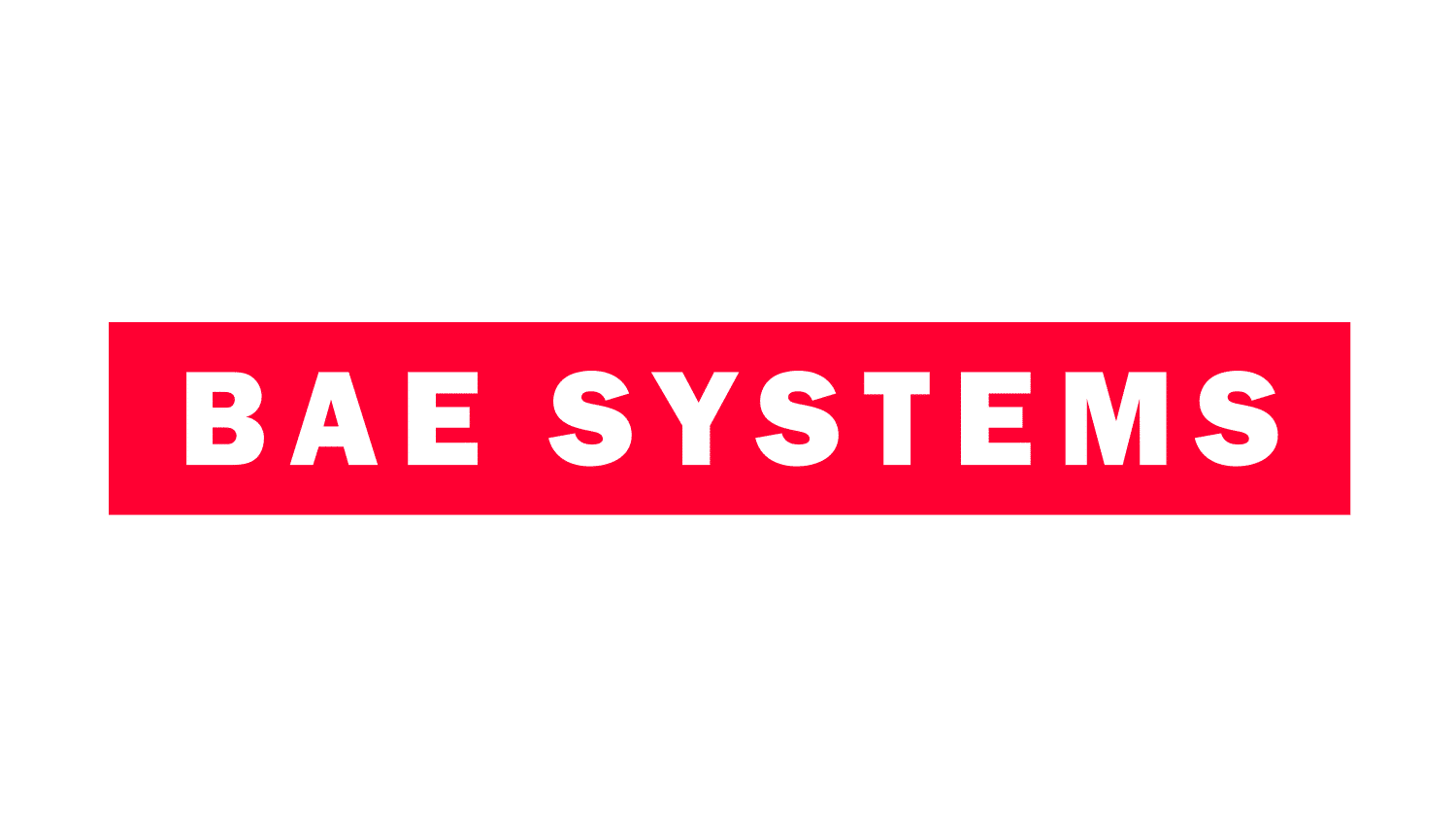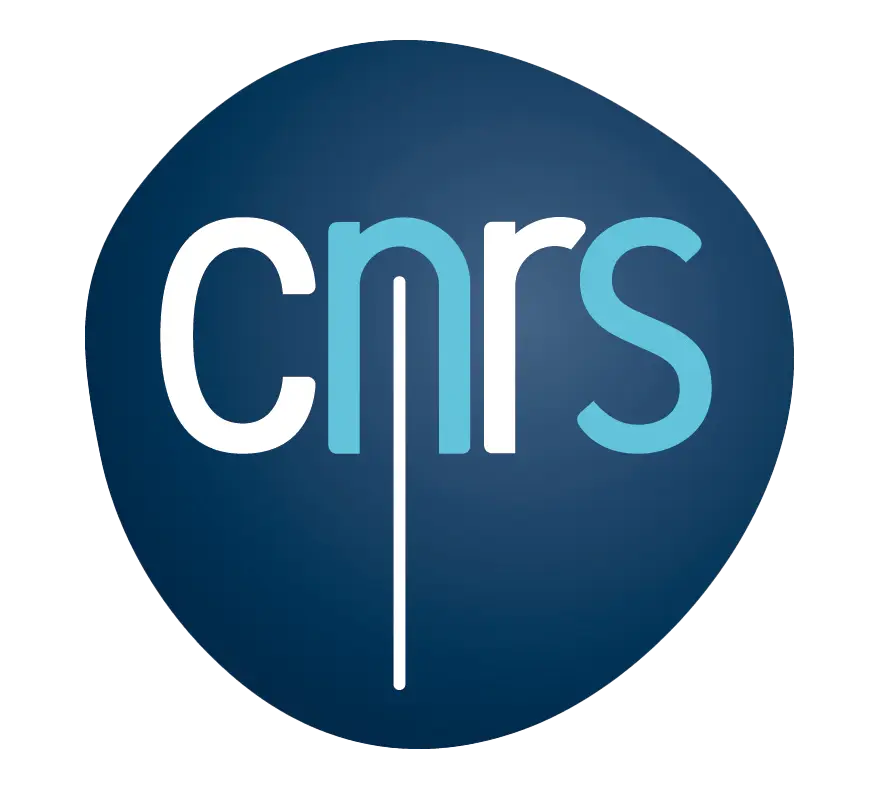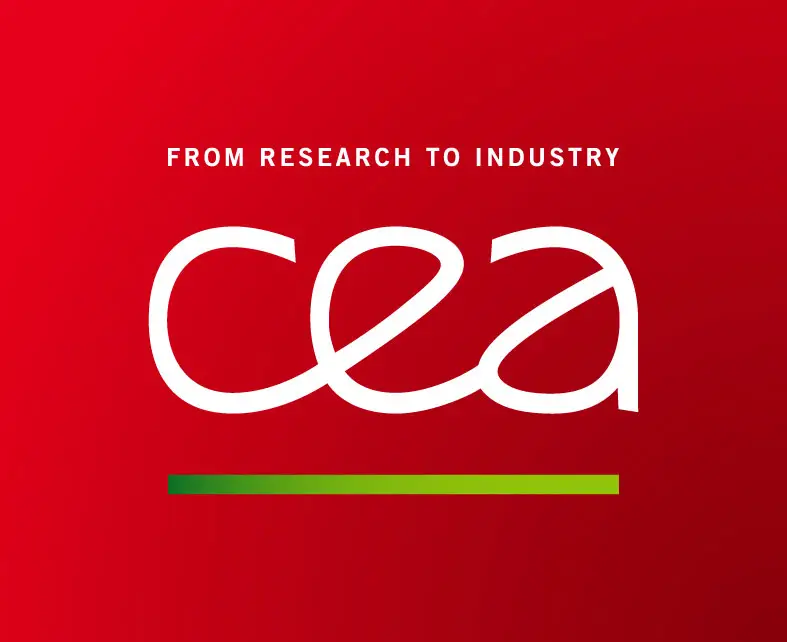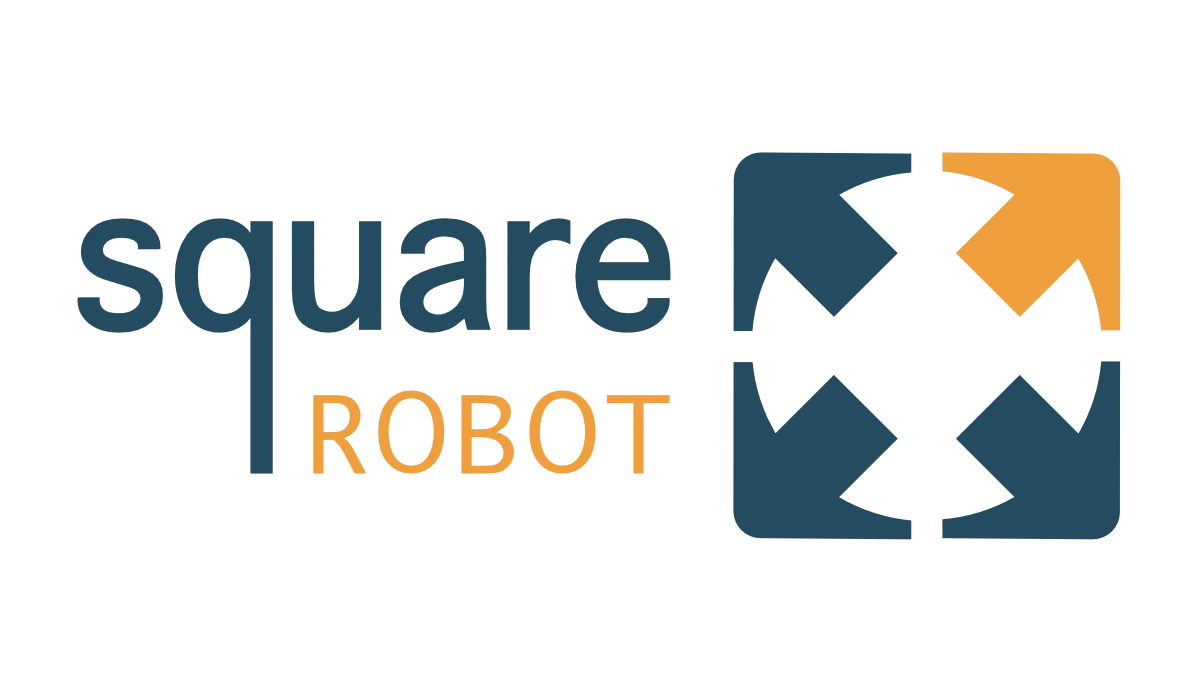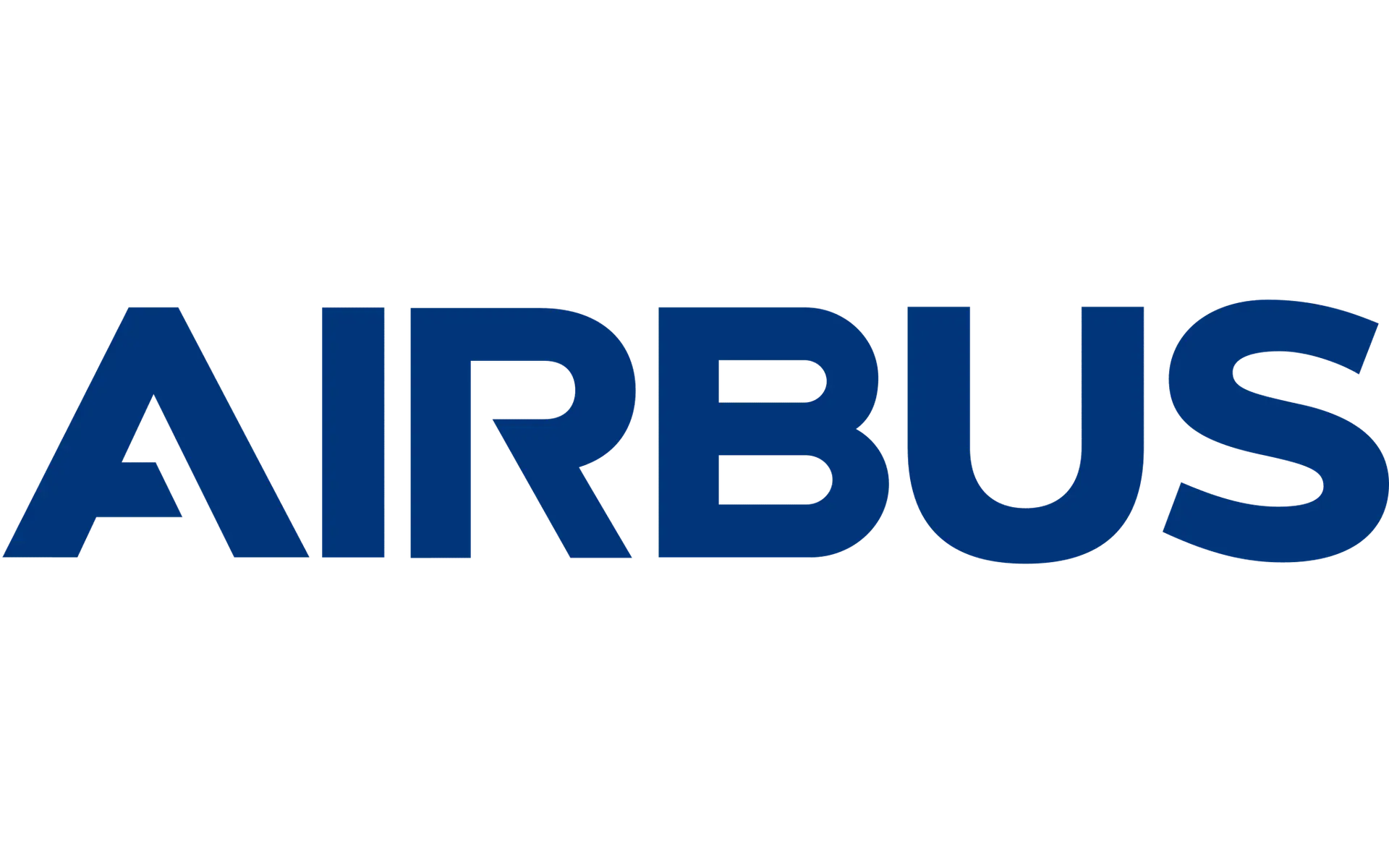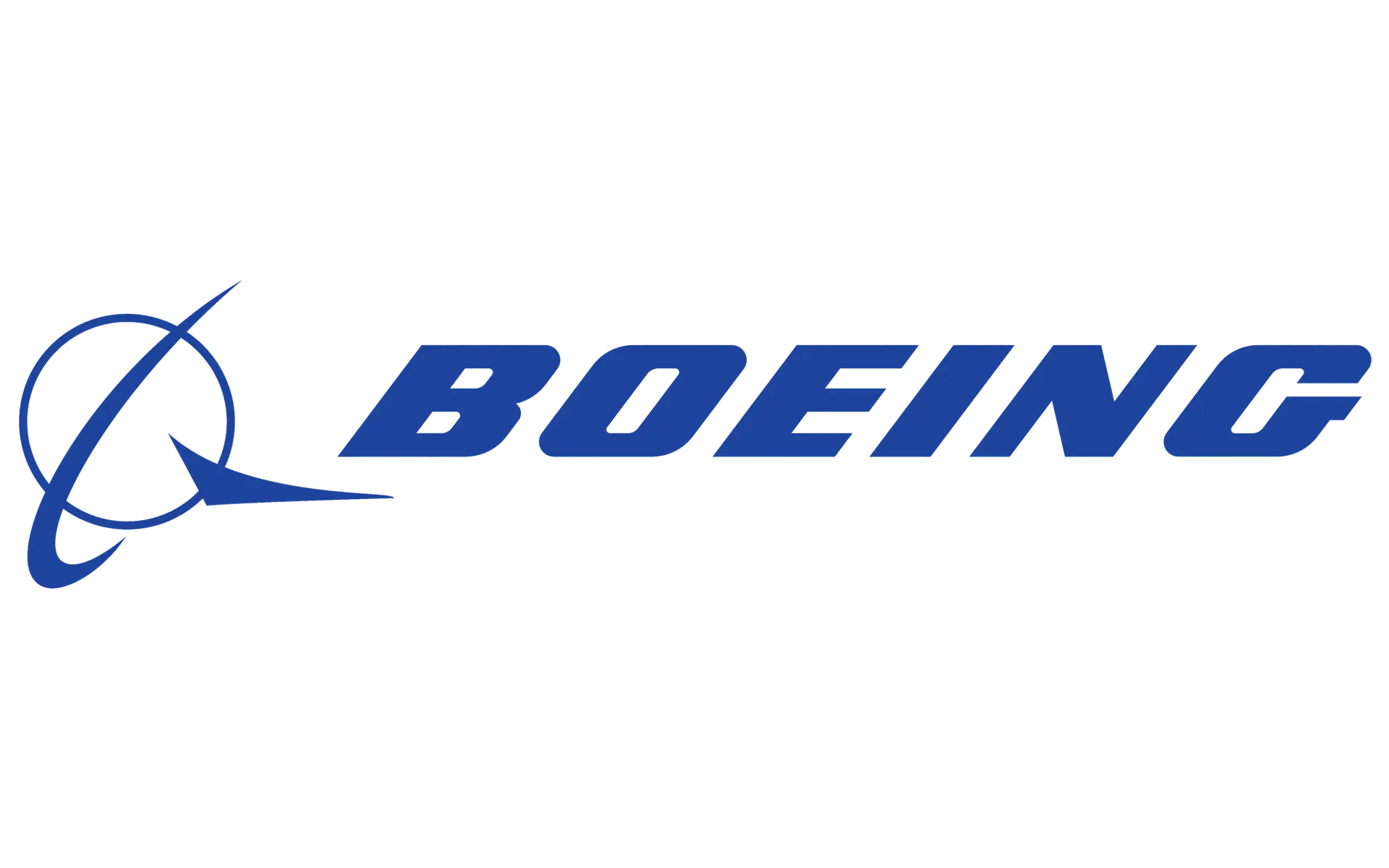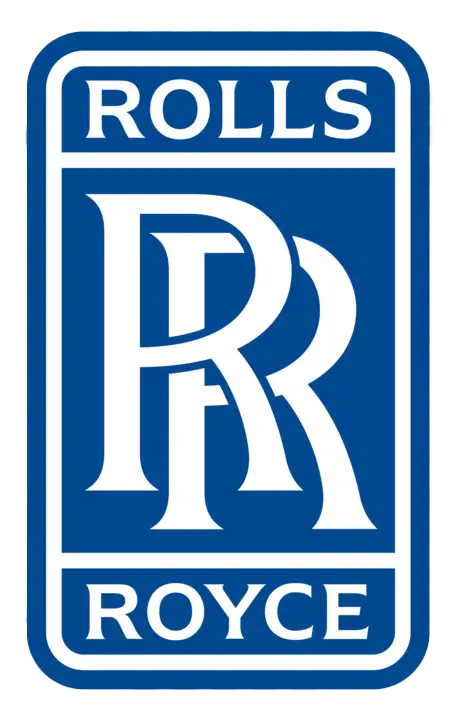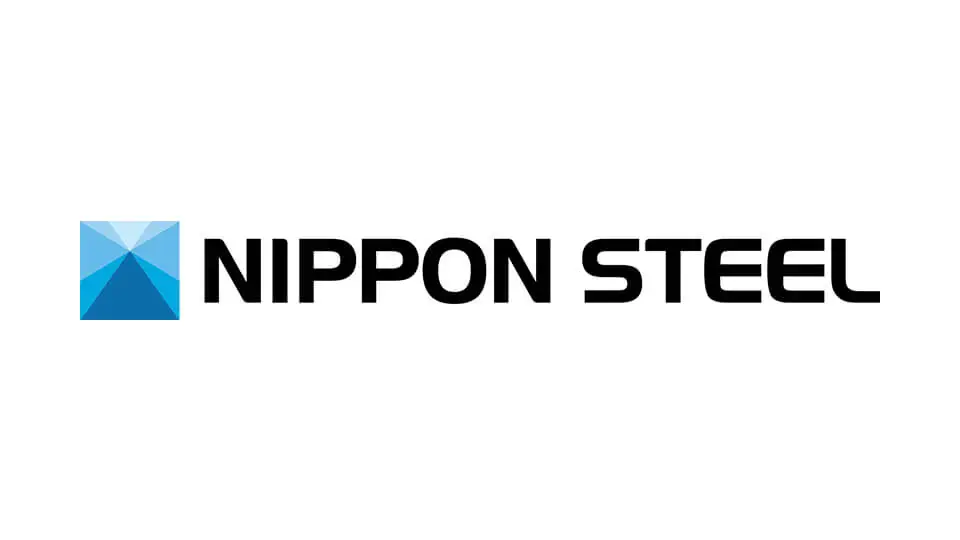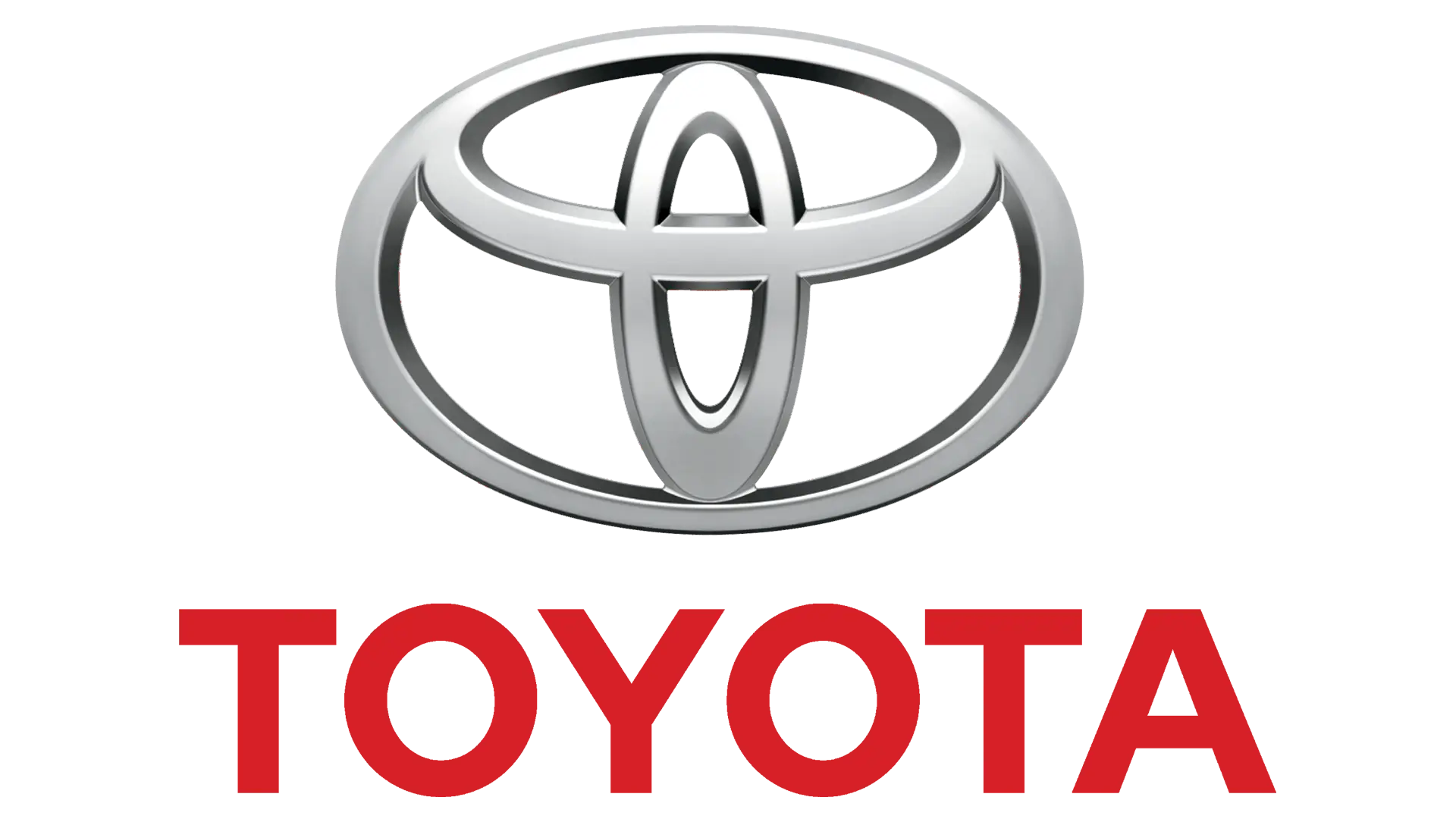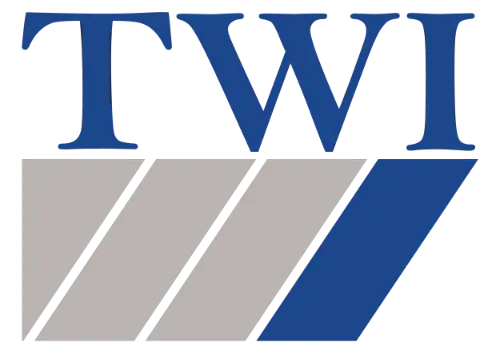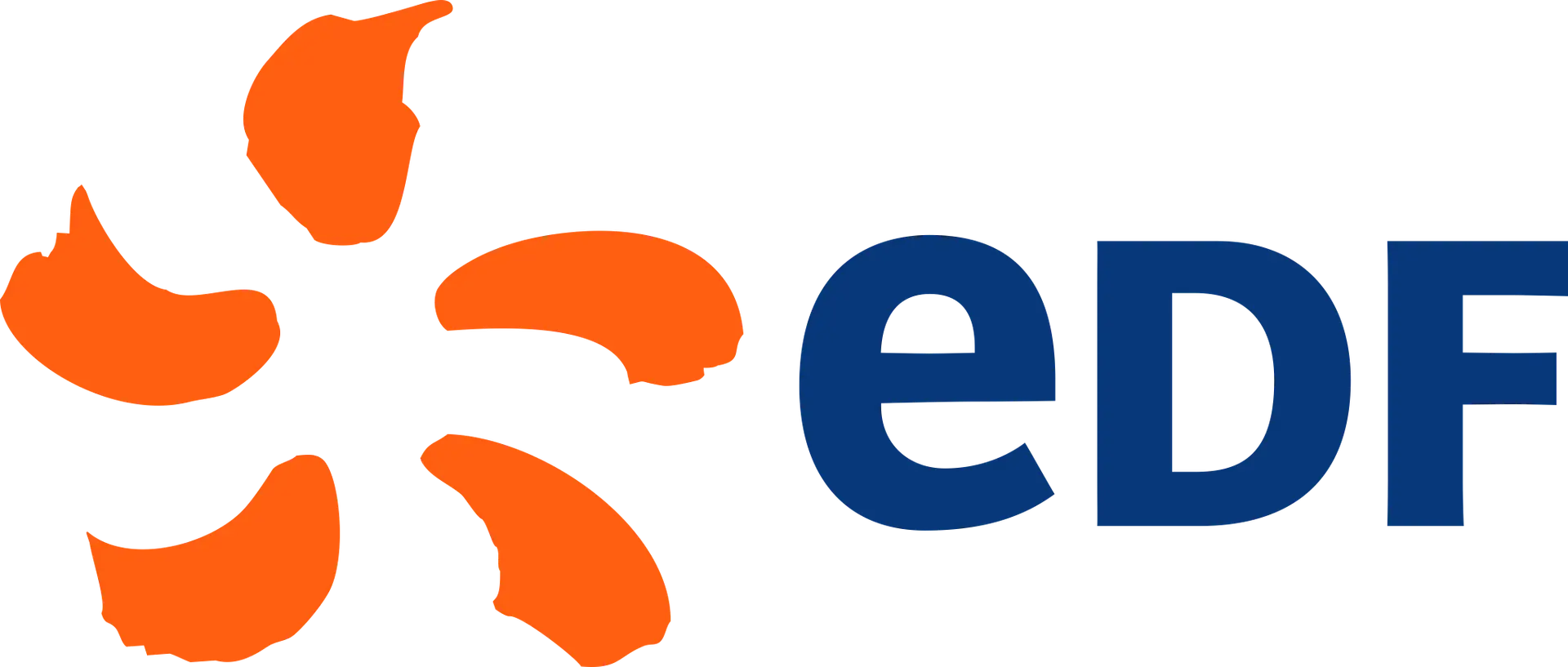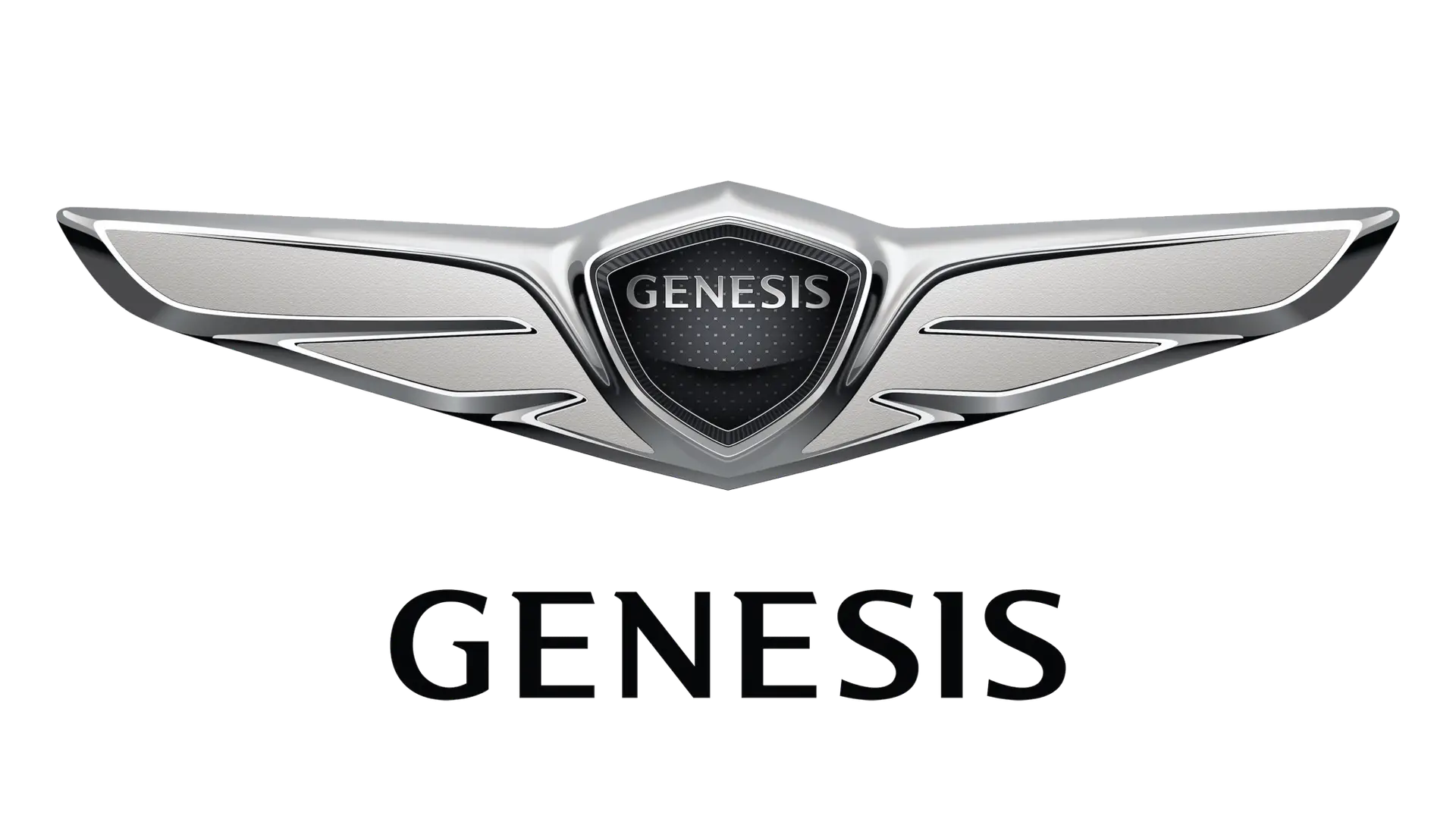Nans has been in TPAC for about 7 years. He is a research engineer specialized in ultrasonic imaging for nondestructive evaluation (NDE) and medical imaging. He has many publications in academic journal and conferences. His major scientific interests include phased array imaging, defect detection and characterization, signal and image processing, computational imaging.
I attended a course on Non-Destructive Testing at the engineering school from my colleague Ewen Carcreff. I was thus able to develop my first ultrasonic imaging algorithm during a practical course. Then, he recruited me as an intern to work on imaging algorithms. After my graduation, I started a phD in collaboration between TPAC and two French laboratories specialized in signal processing and acoustics.
What I find interesting about NDT is the wide variety of projects we get to work on. It is used in many different fields and each of them has its own characteristics. Furthermore, I really appreciate the freedom we have in the company to try and develop new technologies.
How did you journey start in the field of Ultrasonic Testing?
I attended a course on Non-Destructive Testing at the engineering school from my colleague Ewen Carcreff. I was thus able to develop my first ultrasonic imaging algorithm during a practical course. Then, he recruited me as an intern to work on imaging algorithms. After my graduation, I started a phD in collaboration between TPAC and two French laboratories specialized in signal processing and acoustics.
What inspired you to pursue a career in ultrasonic testing?
What I find interesting about NDT is the wide variety of projects we get to work on. It is used in many different fields and each of them has its own characteristics. Furthermore, I really appreciate the freedom we have in the company to try and develop new technologies.
What particular areas have you focused your specialization on?
I am specialized in signal and image processing, ultrasonic imaging, software and graphic card programming, ultrasonic testing applications.
Could you share some notable projects or applications where your expertise played a crucial role?
I have worked a lot on adaptive algorithms, which consist in forming images for parts with complex geometries. For instance, we used this type of algorithm to inspect hub slots from aircraft engines. We had to develop very specific probes and algorithms to inspect these parts that have a pretty uncommon shape.
How has ultrasonic testing evolved over the years, and what are some recent advancements that you find particularly exciting?
Ultrasonic testing is a very conservative field because it is often dealing with safety, and it is normal that new methods take time to be implemented in real inspections. On ultrasonic imaging, FMC/TFM methods are really interesting and will continue to replace existing methods. As in many other fields, I am particularly curious to see what artificial intelligence can bring to our community.
What are the latest technological developments in ultrasonic testing, and how do they benefit industries or projects?
I think that FMC/TFM methods have provided a great improvement for ultrasonic imaging. This type of method not only improves the contrast and resolution of ultrasound images, but also reduces inspection times.
Can you explain the significance of your company's innovative solutions in the ultrasonic testing sector?
Our company develops open and fully programmable equipment for ultrasonic testing. Our hardware is designed to offer also innovative and customizable solutions and has a direct influence on the software and application solutions that we provide to our customers. We are naturally flexible so that we can always adapt to our customers’ needs, which forces us to constantly be inventive.
What are the common challenges faced by professionals in ultrasonic testing, and how do you address them in your work?
Ultrasonic testing is a complicated field because defects can take various shapes and sizes and therefore, have a wide spectrum of ultrasonic responses. For this reason, calibration and interpretation of the results are the most difficult part of our job.
Could you share some notable projects or applications where your expertise played a crucial role?
I have worked a lot on adaptive algorithms, which consist in forming images for parts with complex geometries. For instance, we used this type of algorithm to inspect hub slots from aircraft engines. We had to develop very specific probes and algorithms to inspect these parts that have a pretty uncommon shape.
How would you describe the way of working in TPAC?
Our team has a rather unusual way of working. There’s no established hierarchy in the company, and for each project we try to bring together the right people according to their skills and availability. Then, we do our best to succeed in the project.
How do you tailor your ultrasonic testing solutions to meet the unique needs of your clients?
Our way of working is very flexible. It allows us to adapt to each client. In addition, we do a lot of research and development, it frequently allows us to already have solutions to propose to customers in order to respond to their problematics. If the solution does not exist yet, we have internal capabilities to support the customer in developing an appropriate solution.
Your team provides services worldwide. What is your approach for supporting clients in different regions and time zones?
Our team is worldwide, so we have people living and working in different regions and time zones. If local support is not appropriate, we sometimes have to travel to best support our customer. More importantly, our team is multi-cultural which is sometimes necessary to build a relationship of trust with a customer.
Are there any trends or emerging technologies in ultrasonic testing that you believe will shape the industry in the coming years?
Artificial intelligence will undoubtedly be very important for characterizing defects. I also think that 3D imaging will be a great improvement for defect characterization and it should become more common with the increasing number of channels of ultrasonic equipment. I am also interested in robotic, and I think that collaborative robots can provide new solutions for a wide range of applications.
How can readers and potential clients connect with your team for further inquiries or collaborations?
We have colleagues in many places around the world (USA, Europe, Asia). You can contact us through our website. Personally, I can be reached on LinkedIn and ResearchGate or by e-mail.
What are some resources, events, or publications where readers can stay updated on the latest developments in ultrasonic testing?
For research topics, I personally read a lot of articles, in particular in NDT&E International or IEEE TUFFC. I also like the IEEE IUS conference which has a great scientific level. Our team also goes to many conferences like ASNT and ECNDT this year or WCNDT next year.

